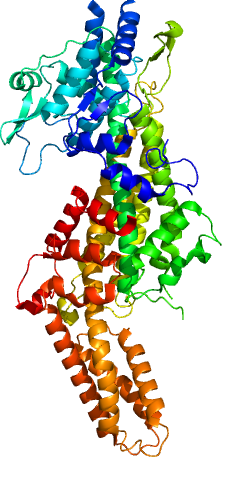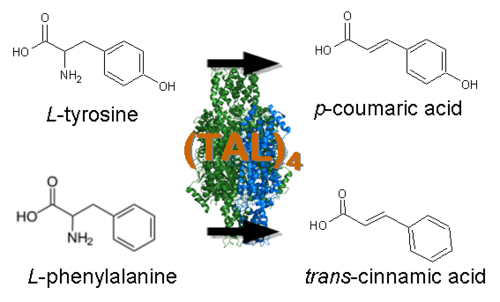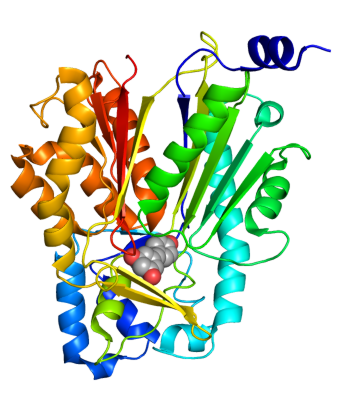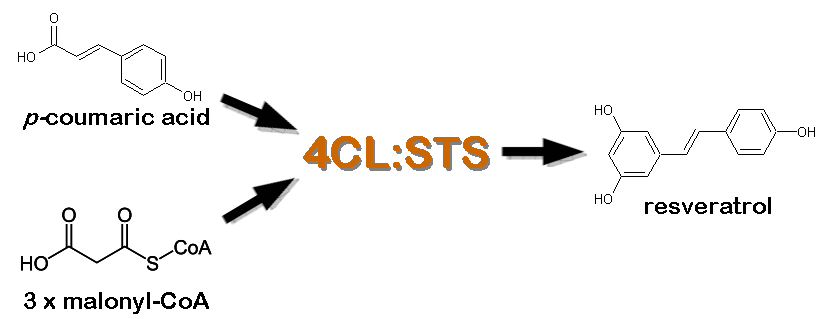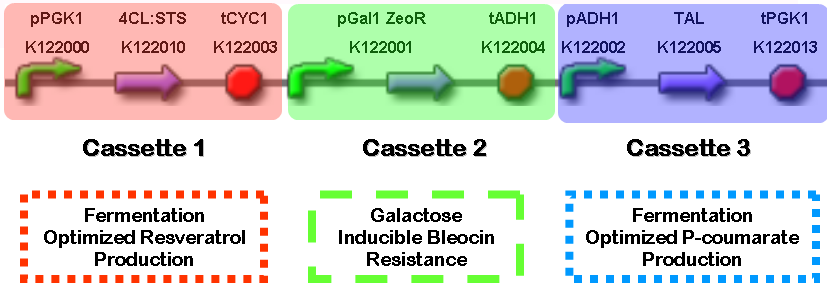Team:Rice University/STRATEGY
From 2008.igem.org
(Difference between revisions)
StevensonT (Talk | contribs) (→Circuit Design for Recombination in Yeast) |
StevensonT (Talk | contribs) (→Circuit Design for Recombination in Yeast) |
||
| Line 48: | Line 48: | ||
*#[http://partsregistry.org/wiki/index.php?title=Part:BBa_K122004 tADH1] - Bi-directional transcriptional stop. Strategically placed downstream of ZeoR and upstream of pADH1 to prevent erroneous recombination at those regions. | *#[http://partsregistry.org/wiki/index.php?title=Part:BBa_K122004 tADH1] - Bi-directional transcriptional stop. Strategically placed downstream of ZeoR and upstream of pADH1 to prevent erroneous recombination at those regions. | ||
|} | |} | ||
| - | {|align="right" style="border-color:#3333CC | + | {|align="right" style="border-color:#3333CC;text-align:left" border="10" cellpadding="20" width="35%" |
| | | | ||
*[http://partsregistry.org/wiki/index.php?title=Part:BBa_K122021 Cassette 3] - Constitutive expression of TAL | *[http://partsregistry.org/wiki/index.php?title=Part:BBa_K122021 Cassette 3] - Constitutive expression of TAL | ||
Revision as of 01:35, 30 October 2008
| OUR TEAM ::: SUMMARY ::: INTRODUCTION ::: STRATEGY ::: RESULTS ::: ONGOING WORK
OUR TEAM ::: SUMMARY ::: INTRODUCTION ::: STRATEGY ::: RESULTS ::: ONGOING WORK |
 "
"



